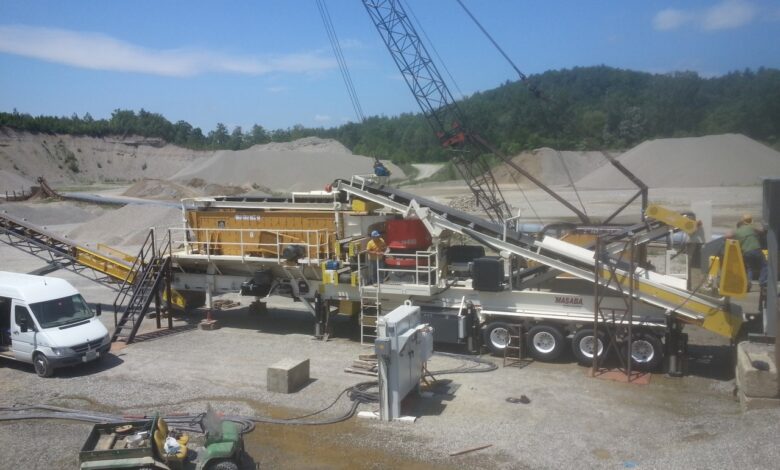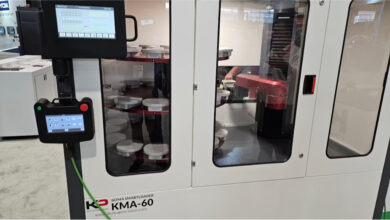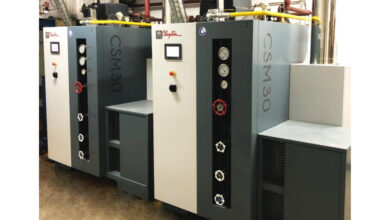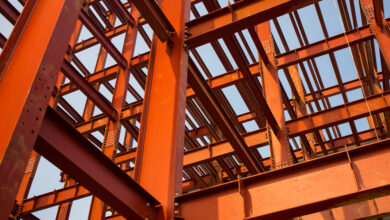Market Trends and Economic Impacts of Aggregate Equipment

Aggregate equipment is pivotal in transforming natural resources into the building blocks of modern infrastructure. This machinery, which includes crushers, screeners, washers, and conveyors, processes materials like sand, gravel, and stone, turning them into usable aggregates for construction and infrastructure projects. The efficiency and functionality of this equipment are critical for the success of projects in these industries. This article delves into the evolving market trends in aggregate equipment, examines its economic impacts, and discusses how companies can navigate these changes.
The Role of Aggregate Equipment in Industry
Essential Machinery Explained
Aggregate equipment is the backbone of material processing in many sectors:
- Crushers: These are used to break down large rocks into smaller, more manageable pieces, with variations like jaw, cone, and impact crushers tailored to different needs.
- Screeners: These machines categorize crushed materials by size and are vital for quality control.
- Washers: They clean and purify materials, removing impurities like dirt and clay, which enhances the quality of the final product.
- Conveyors: These systems transport materials efficiently between processing stages, reducing manual labor and improving safety.
Advances in Aggregate Equipment
The industry is experiencing a wave of technological improvements that enhance the capabilities of aggregate equipment:
- Smart Technology: Automation and intelligent systems allow for more precise operations and less downtime.
- Eco-friendly Solutions: With increasing environmental awareness, there’s a shift towards machinery that minimizes emissions and conserves energy.
Current Trends Shaping the Aggregate Equipment Market
Increasing Global Demand
Factors influencing the demand for aggregate equipment include:
- Urban Expansion: As cities grow, so does the need for new buildings and infrastructure, driving demand for aggregates.
- Mega Projects: Large-scale constructions like airports and highways require vast amounts of high-quality aggregate.
- Regulatory Pressures: Environmental laws are prompting the adoption of greener and more efficient machinery.
Integration of Cutting-edge Technologies
The industry is quickly adopting new technologies:
- Automation and IoT: These technologies ensure equipment runs at peak efficiency, providing real-time data for better decision-making.
- Sustainability Focus: Machines that use less energy and produce fewer emissions are becoming standard, reflecting broader environmental goals.
Economic Impacts of Aggregate Equipment
Enhancing Efficiency and Reducing Costs
The economic benefits of modern aggregate equipment are significant:
- Operational Efficiency: Advanced machines operate faster and more reliably, cutting down project timelines and costs.
- Maintenance Reduction: Newer models are designed for easier maintenance, reducing downtime and labor expenses.
Workforce and Industry Evolution
The adoption of advanced machinery impacts employment and skills:
- New Job Roles: As machines become more sophisticated, there’s a growing need for skilled operators and maintenance personnel.
- Training and Development: Companies are investing in training programs to ensure their teams can effectively use and maintain modern equipment.
Adapting to the Changing Landscape
Strategic Investments in Technology
Businesses can stay competitive by:
- Upgrading Equipment: Investing in the latest machinery can lead to significant long-term savings and improved performance.
- Ongoing Education: Continuous training ensures that employees can maximize the benefits of new technologies.
Embracing Eco-friendly Practices
Sustainable practices are increasingly important:
- Using Recycled Materials: Modern aggregate equipment can process recycled materials efficiently, reducing waste and costs.
- Energy-efficient Operations: Choosing machines that use less energy helps lower operating costs and meets environmental standards.
Conclusion
The market for aggregate equipment is dynamic, influenced by technological innovation, economic shifts, and environmental considerations. Companies that adapt by investing in new technologies, training their workforce, and embracing sustainability will be better positioned to thrive. As the demand for aggregate materials continues to rise, the role of efficient and sustainable aggregate equipment will be increasingly central to the economic success of the construction and mining industries.





